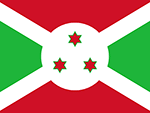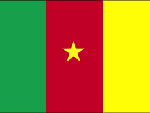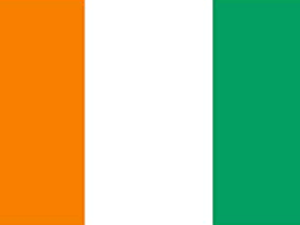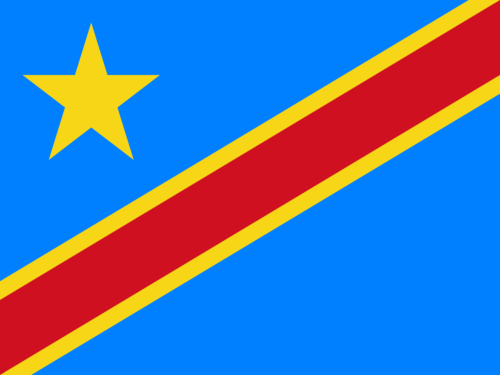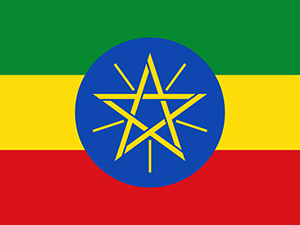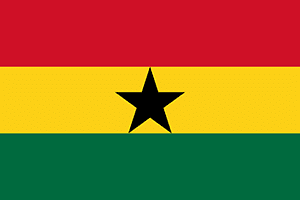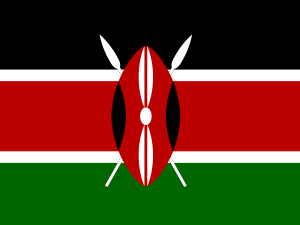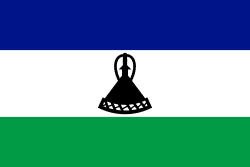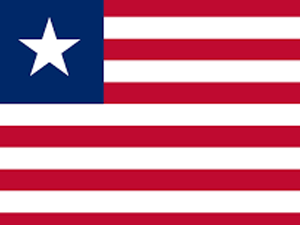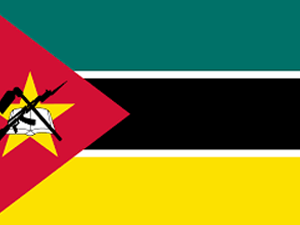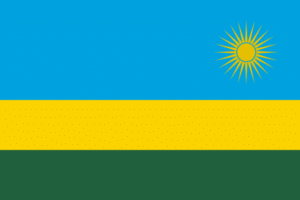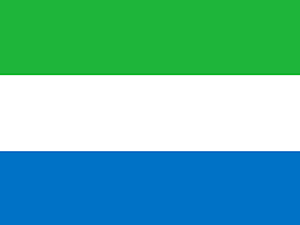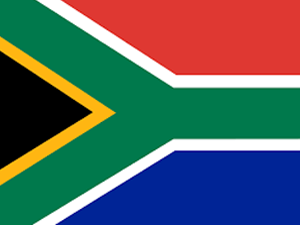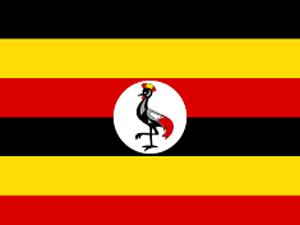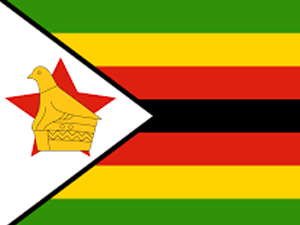 Tanzania
Tanzania
Differentiated Service Delivery in Tanzania
Facility-Level
Coverage
%
% In Less-Intensive
Differentiated Treatment Models
%
Multi-month ART Dispensing
%
DART Model
Diversity
Differentiated Service Delivery Implementation in Tanzania
Tanzania joined the CQUIN learning network in 2018. After adopting the 2015 World Health Organization (WHO) test and treat guidelines, and recognizing the need for client-centered care, Tanzania’s Ministry of Health and its National AIDS Control Programme (NACP) incorporated differentiated service delivery (DSD) models into its National Guidelines for the Management of HIV and AIDS. In addition, DSD is incorporated into Tanzania’s Health Sector HIV and AIDS Strategic Plan (HSHSP) 2017-2022, which includes recommended DSD models.
In Tanzania, recipients of care are involved in the implementation of DSD at the national and facility levels. At the national level, they participate in technical working groups to inform policies, and are involved in the development of guidelines and plans. At the facility level, they are part of the workplace improvement teams responsible for decision making, and support service delivery as peer educators and feedback providers.
Currently, Tanzania offers four less-intensive DSD models and two more-intensive conventional models (standard of care with or without block appointments). The less-intensive models include:
- One facility-based individual model: facility-based pharmacy refill model (offering three-month and six-month prescriptions and fast track pickups).
- One facility-based group model: teen club, a facility-based refill club model.
- One community-based individual model: the mobile outreach model.
- One community-based group model: the treatment supporter model, a family model.
One current challenge to DSD implementation in Tanzania is the lack of effective monitoring and evaluation (M&E) systems for DSD. To address this challenge, the country is in the process of rolling out a database known as CTC2 which will enable more effective M&E of DSD.
Resources
Taking Differentiated Service Delivery to Scale in Tanzania

Visit ICAP's Website for a broader portfolio of work in CQUIN network countries.
